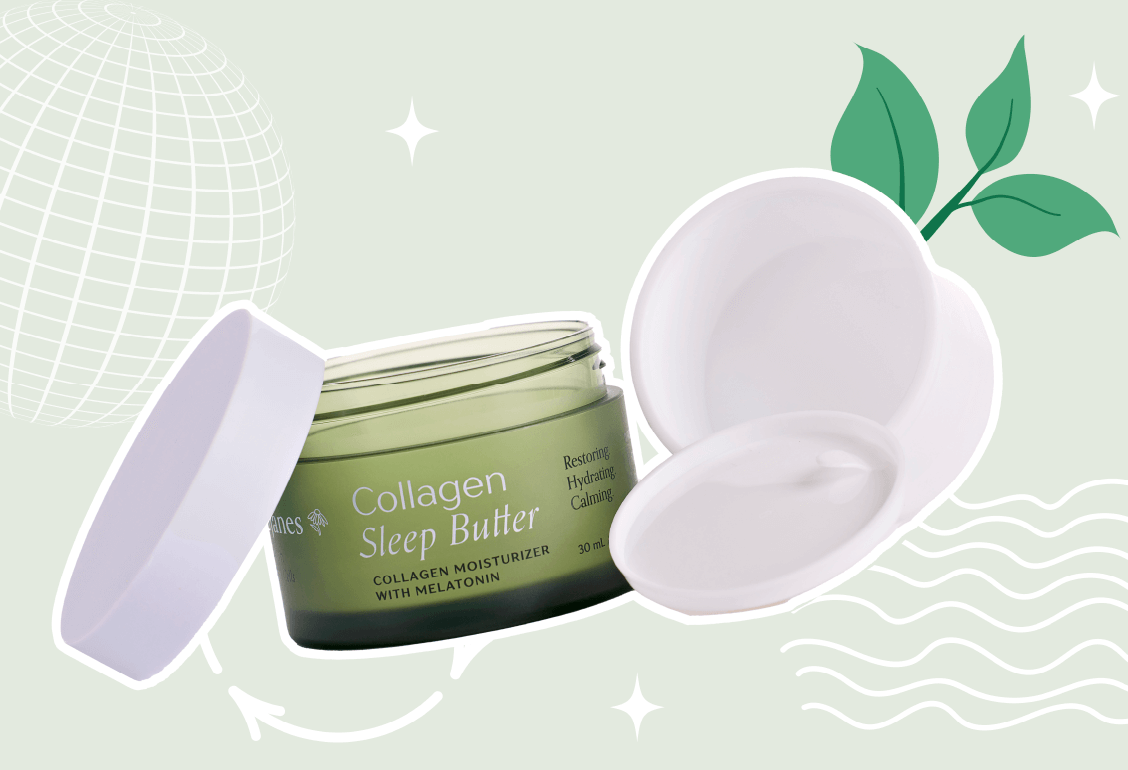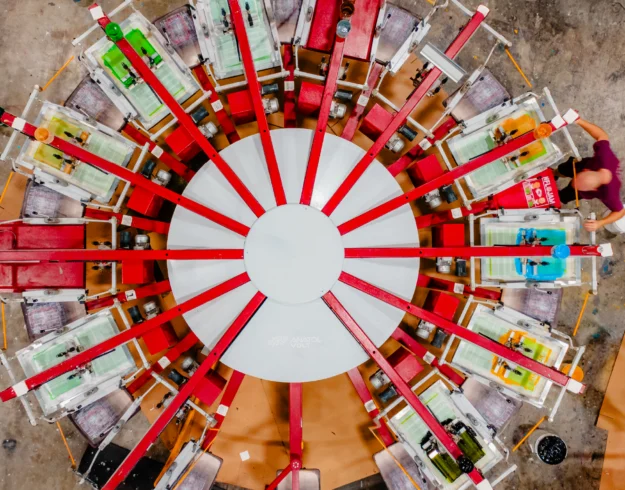At Stephen Gould, we recognize the need for sustainable packaging alternatives, driven by both consumer demand and corporate accountability. Our eco-friendly solutions leverage innovative technology, creating custom cosmetic packaging for brands that meet regulatory requirements while upholding brand values.
Why Choose Sustainable Cosmetics Packaging?
Excess Waste
Annually, the beauty industry generates a minimum of 120 billion tons of packaging waste. Packaging alone contributes to 70% of this total. The beauty industry is increasingly focusing on sustainable cosmetic packaging solutions to minimize environmental impact.
Consumer Demand
Over 80% of beauty product consumers believe the industry needs to reduce the amount of plastic packaging used. With rising eco-consciousness, sustainable cosmetic packaging is becoming a crucial differentiator for cosmetic brands, directly influencing purchasing decisions.
Material Types
These are the most commonly used eco-friendly cosmetics packaging solutions.
Post-Consumer Recycled (PCR)
Post-consumer recycled (PCR) materials are previously used materials that have been discarded, collected, and recycled. Discarded items are processed into new materials, like plastic pellets or paper pulp, that can be molded into new items.
Common examples include PCR PET (polyethylene terephthalate) and PCR HDPE (high-density polyethylene), which are widely used for bottles, jars, and tubes in the cosmetic industry.
Biodegradable and Compostable Materials
These materials are engineered to break down naturally into non-toxic components when exposed to specific environmental conditions.
- Biodegradable materials break down through natural biological processes, often into water, carbon dioxide, and biomass.
- Compostable materials are a specific type of biodegradable material that decompose into nutrient-rich soil (compost) under specific composting conditions.
Natural materials include:
- Bamboo: A rapidly renewable resource that is naturally biodegradable and compostable. It’s often used for compacts, brushes, and caps.
- Seaweed: An innovative material that can be processed into packaging films or coatings. It’s fully biodegradable, compostable, and requires no freshwater or land to grow.
- Beeswax: While often used as a coating or an ingredient within packaging, beeswax is biodegradable and derived from a natural source.
- Cornstarch: A plant-based material that can be processed into bioplastics or loose-fill packaging. It is biodegradable and compostable.
Bioplastics
Derived from renewable biomass sources, like cornstarch, sugarcane, cellulose, and vegetable fats and oils, bioplastics offer a more sustainable alternative to traditional plastics.
Plantable
Seed paper is an eco-friendly cosmetic packaging solution made from post-consumer materials embedded with wildflower, herb, or vegetable seeds. When planted, the seeds in the paper germinate and grow into plants.
Water-Soluble Packaging
Water-soluble cosmetic packaging dissolves completely when exposed to water, leaving no solid waste behind. Ideal for single-dose products or formulations, this technology offers convenient, eco-friendly disposal down a drain. Polyvinyl alcohol (PVA) is a common polymer used for water-soluble films.
Glass
Glass is a highly recyclable material that can be recycled infinitely without loss of purity or quality. Non-porous and impermeable, it’s known to preserve product integrity and purity.
Metal
Metals like aluminum and steel are also infinitely recyclable without degradation. Aluminum is particularly lightweight, making it efficient for shipping, and is widely used for tubes, tins, and caps. Steel, often found in larger containers or closures, is also highly durable and recyclable. Both offer excellent barrier properties, protecting products from light and air.
Design Types
Reduced Packaging
Minimalist cosmetic packaging can be designed to prioritize efficiency and sustainability by using only essential materials. This conscious reduction not only lessens environmental impact but also streamlines production processes, potentially leading to cost savings.
Refillable and Reusable Packaging
- Bottle-in-a-Bottle The bottle-in-a-bottle design uses two components. The exterior bottle is more durable and reusable, while the interior container can be removed and replaced in the original bottle.
- Refillable Pouches These pouches are typically larger, allowing the consumer to pour a measured amount of product into the original container. Refillable pouches are often used for liquids like shampoo, conditioner, and soaps.
Sustainable Cosmetic Packaging Solutions with Stephen Gould
Stephen Gould collaborates closely with top brands to design custom cosmetic packaging that reflects each of their brand values, adheres to regulatory standards, and increases shelf appeal. Using innovative materials like molded pulp, hemp fiber, sugarcane bagasse, and post-consumer recycled content, to name a few, we create the best cosmetic packaging that helps brands reduce waste, lower their carbon footprint, and support a circular economy.


